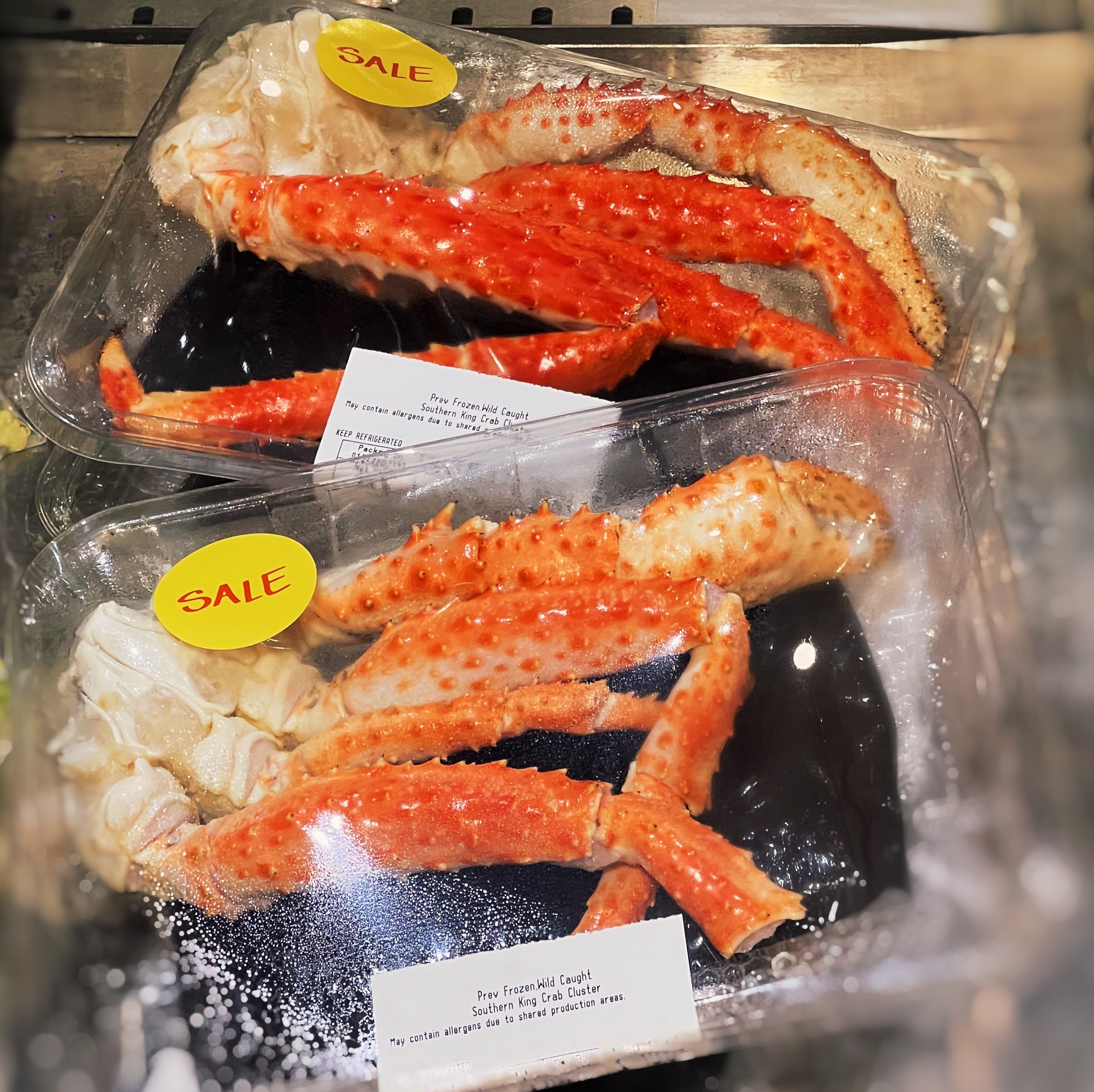
If Alaska Red King Crab Season is Closed, Why am I Still Seeing it at the Store and Restaurant Menus?
World of King Crab
When it comes to crab legs, Alaskan king crab truly are the King of the Sea. Prized for its mouthwatering, succulent snow-white meat, Red King Crab is one of the most luxurious and premium seafood products in the world. Wild Alaskan King Crab has a distinctly sweet taste, a tender texture, and a striking appearance.
King Crab live and breed across the world, from Alaska to Japan to Russia and South America, and there are over 40 known species of king crab. Some notable locations include Bristol Bay in Alaska, the Bering Sea between Alaska and Russia, and an invasion population in the Norwegian Sea and the Barents Sea.
Alaska alone is home to three commercially viable species: the red king, blue king and golden king. Although they share the title “king” for their size, each species is distinct and resides in a different part of the ocean off the Alaskan Coast. The blue king is the closest to red king and even turns red when cooked so most consumers cannot tell the difference. Golden king, however, is the smallest of the three and has a more mild flavor making it less expensive.
As difficult as it is to differentiate red and blue king crab, it is even harder to differentiate Alaskan king crab and Russian. Imported king crab is often labeled as “Alaskan King Crab” despite 75% of U.S. imports being from Russia.
So what makes Russia and Alaskan King Crab Different?
Alaskan and Russian crab share very close quarters but Russian crab are caught using unsustainable fishing practices and much of the meat is mislabeled and brought into the U.S. illegally, according to the World Wildlife Fund. Russian crab is typically much lower in price yet retailers dedicated to sustainability, including Pike Place Market fishmongers, refuse to support these vendors.
A Call for Sustainability
Dangerously low stock levels and growing demand for king crab has called for extreme conservation efforts.
With king crab stocks depleted in 2005, the state of Alaska began enforcing severe catch rules. Fisheries are restricted by total allowable catch limits and stock rebuilding plans. There is a strict weight limit on crab to ensure juveniles are not caught too early and, most importantly, female crab cannot be sold.
In fall of 2021, the harvest season of Bristol Bay red king crab was canceled because there were too few females. It has remained closed and they will not reopen until the catch reaches Alaska’s 200,000 pounds threshold.
Some causes of the population decline include warmer temperatures in the Bering Sea which creates a stressful environment for the crab and premature deaths as a result of bycatch and trawlers. Bycatch is the accidental and premature harvesting of crab as a byproduct of fishing for different species. King crab are usually caught by crews who harvest fish with steel, baited traps set along the sea bottom. Although they are returned to the ocean, biologists estimate that only half survive.
What Can You Do As a Consumer?
When you see king crab at the grocery store or on a restaurant’s menu, you can assume it is from Russia and caught unsustainably. Refusing these options and supporting Alaskan fishermen is more important than ever as the fishermen work diligently to protect and replenish the king crab stocks in hopes of reopening the season in 2023!
Let's Hook Up!
Sign up for exclusive offers, free recipes & new product releases. 10% off when you join!
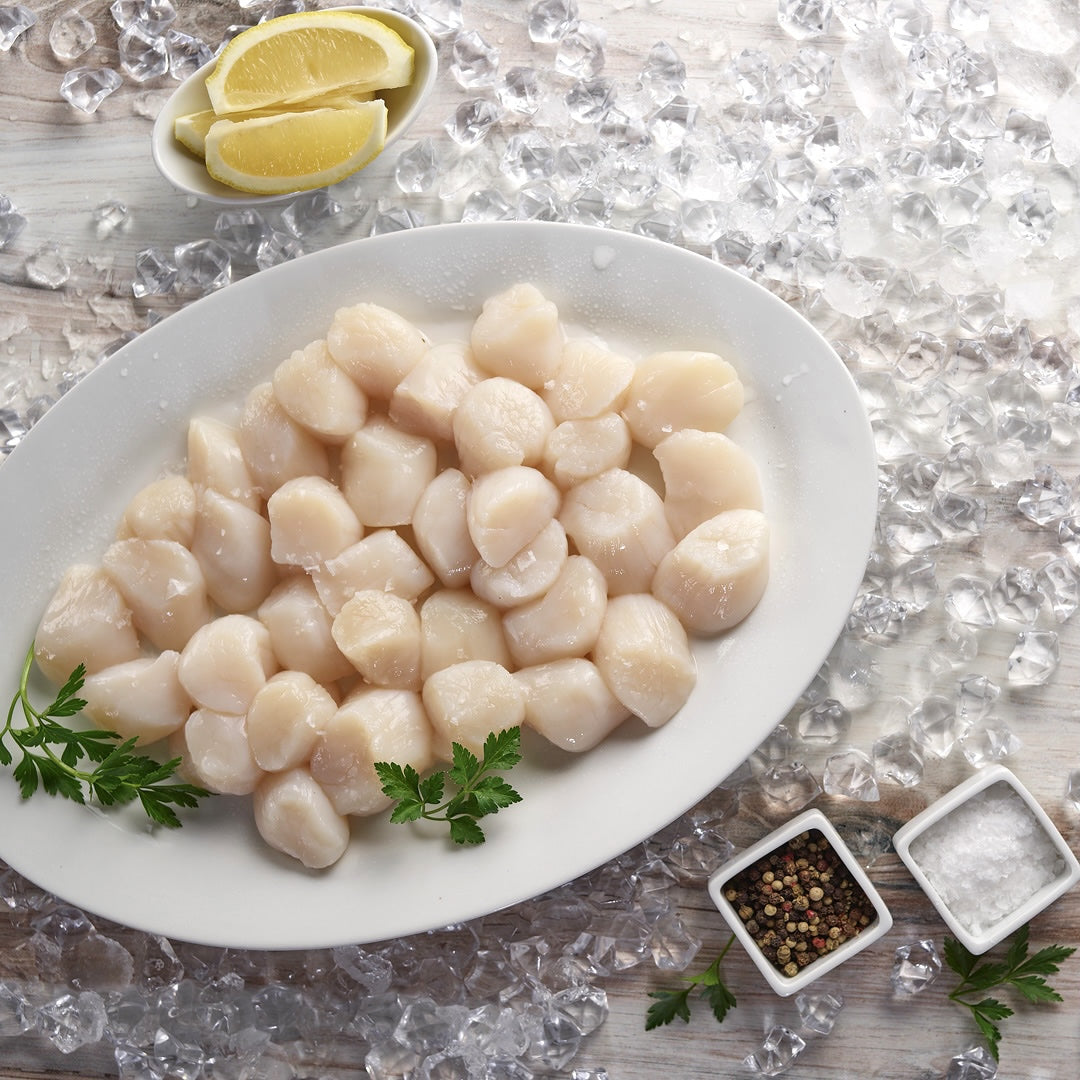














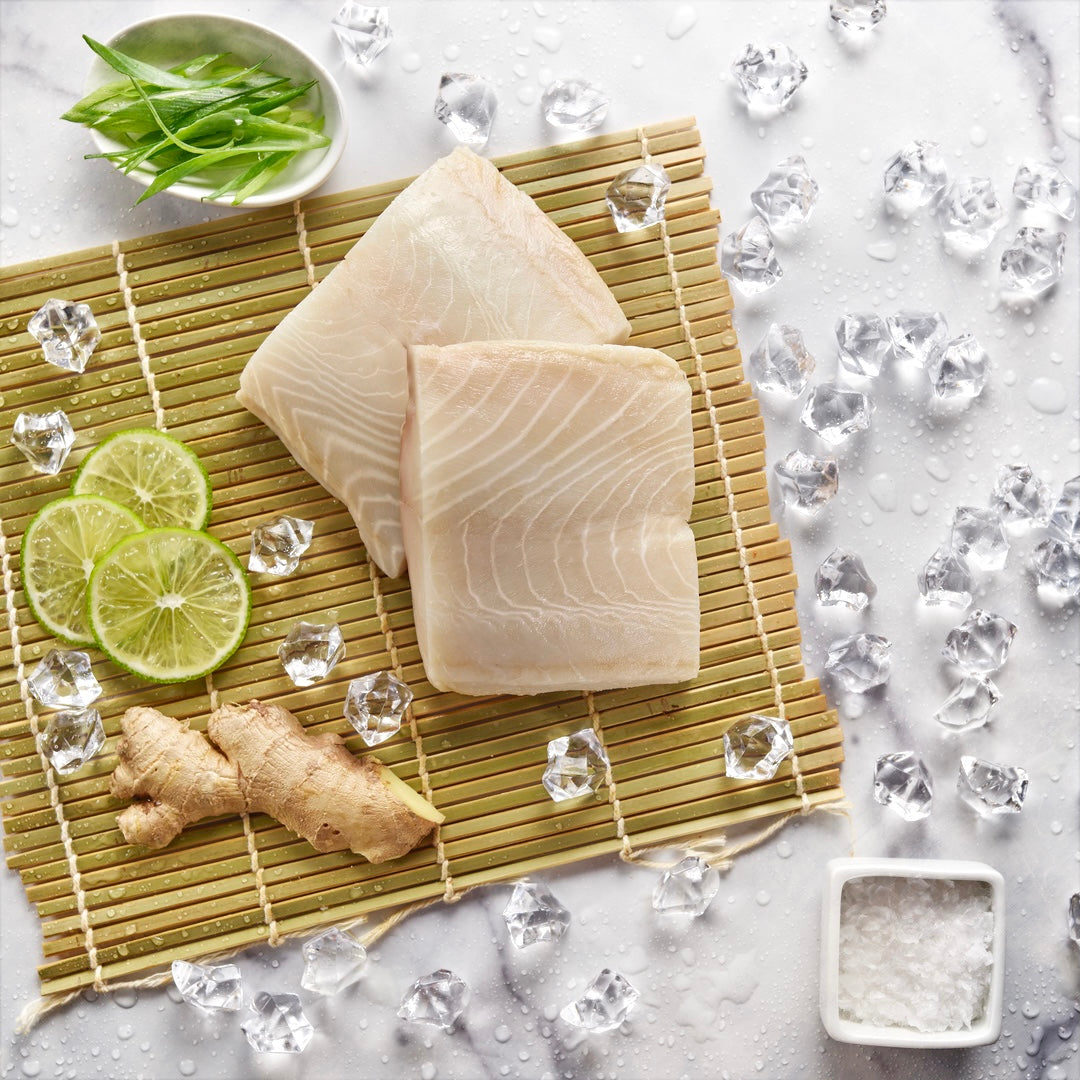



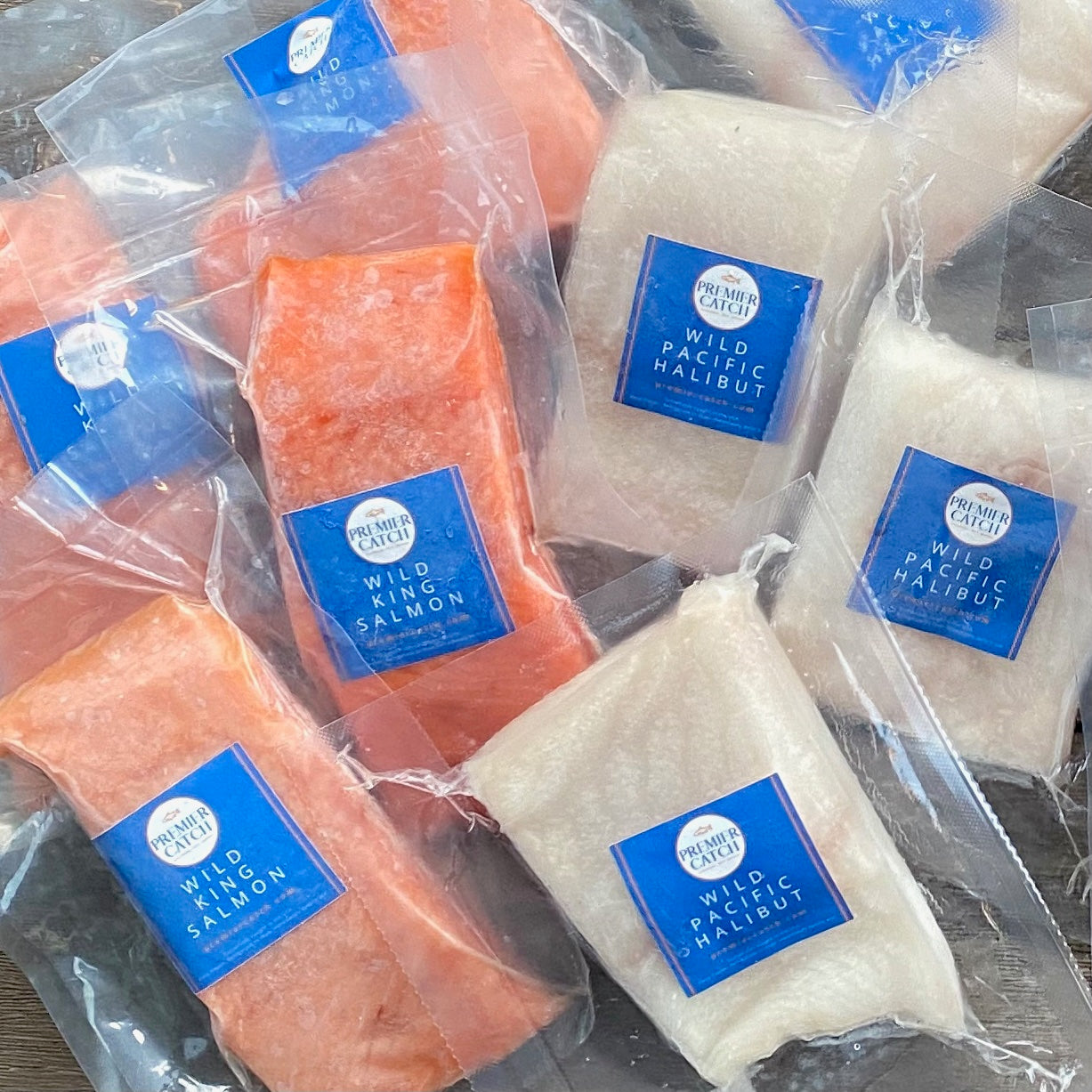












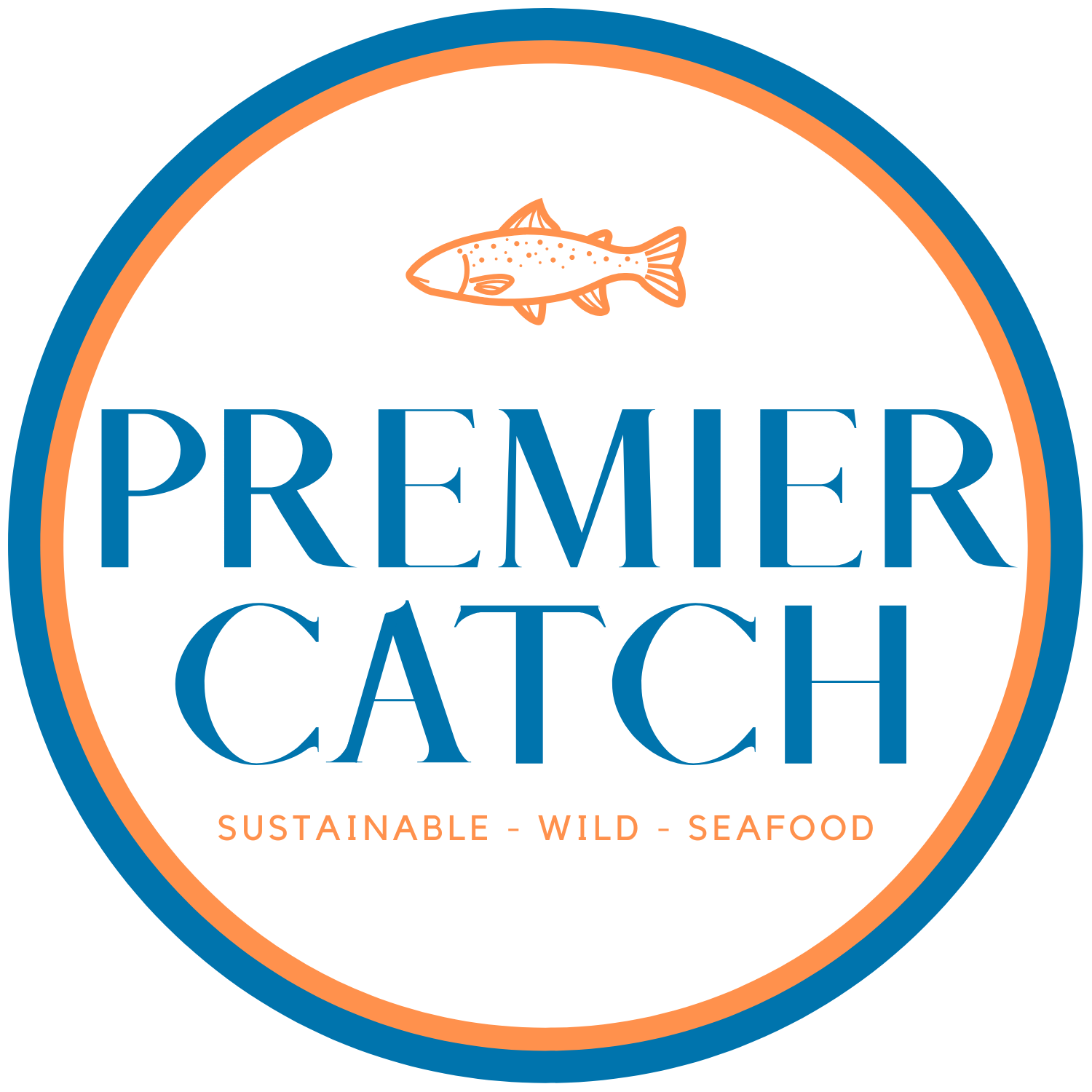
Comments
Phil Gilmer said:
Shopping at Costco today where they are selling “Wild Red King Crab Legs” for $43.99/lb. If the crab fishery is closed, where is this crab coming from? Russia? Isn’t this illegal?